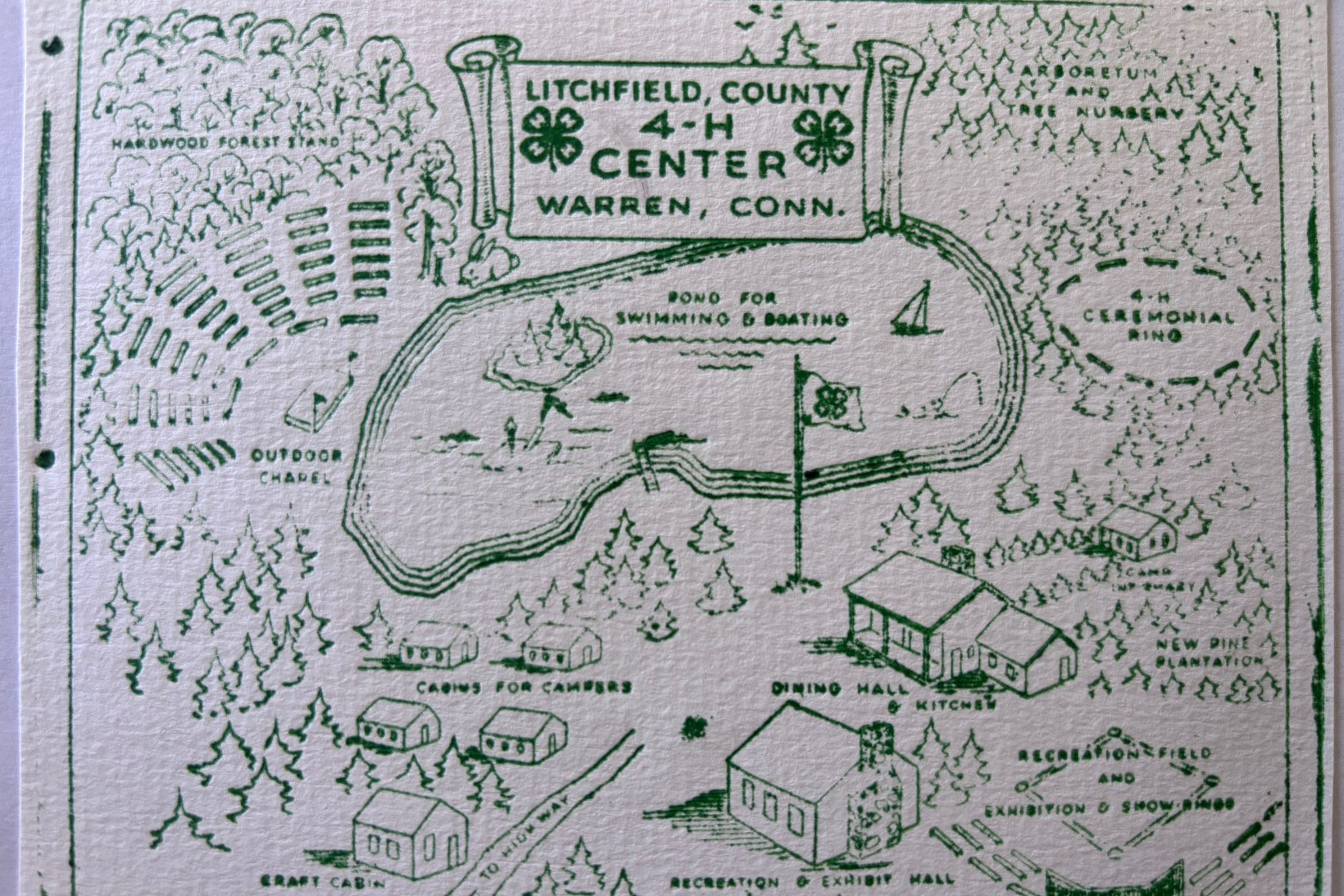Plants that grow high up in trees, hanging from branches and collecting food and moisture from their surroundings, are usually the stuff of misty rainforests deep in the tropics. But the UConn Ecology and Evolutionary Biology Greenhouse now has a new room dedicated entirely to – and named for – these aerial plants: the Epiphyte Room.
To celebrate the new Epiphyte Room, the EEB Greenhouse will host an open house and dedication on Sunday, April 25 from 10 a.m. to 2 p.m. The open house will be free and open to the public.
Epiphytes, including such well-known varieties as orchids and Spanish moss, grow on other plants and derive their water and nutrients from the air around them. The EEB Greenhouse’s Epiphyte Room has as its centerpiece a 12-foot-tall, three-foot-wide “tree,” made of wire mesh, cork bark, and coconut fibers. The tree and the mesh walls of the greenhouse room are home to hundreds of species of epiphytes, made possible in part by the Connecticut Orchid Society.
The epiphytes are just a fraction of the about 2,500 species of plants in the greenhouse, which houses one of the most diverse collections of plants in the Northeast. The greenhouse is teeming with unusual tropical plants. Within the epiphyte room, Anthurium plants catch rainwater and falling bits of nutrient-rich matter, such as bird droppings. Nearby, the Nepenthes pitcher plant uses a sweet nectar to attract tree shrews. While the shrews eat away at the nectar, their droppings fall into the pitcher plant, supplying the plant with food.
The greenhouse is also home to a host of economically important plants, such as the kola plant that flavors sodas; vanilla orchids that produce natural vanilla; and teosinte, the precursor to the modern corn plant.
For more information about the greenhouse and the open house, visit the EEB Greenhouse web page or the greenhouse Facebook page.
For more information:
Christine Buckley, 860-486-0871, christine.buckley@uconn.edu
Clinton Morse, clinton.morse@uconn.edu


